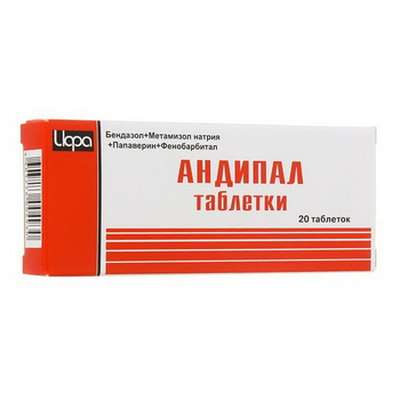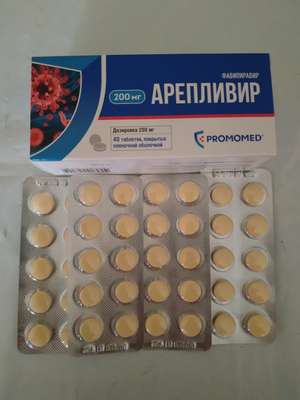Sports Pharmacology – Pharmacological Sport preparations
19 Oct 2016
Micronutrients
The presence of trace micronutrients is especially important in athletes during heavy training load and competitions, when the metabolism is accelerated sharply. Micronutrients are essential components of the body's tissues. While in low concentrations in the structure of a number of critical enzymes, hormones, vitamins, and other biological organism assets microelements can stimulate or inhibit many biochemical processes.
Molybdenum
Most of the Molybdenum is deposited in the liver, and then consumed in iron metabolism. It has various functions and preventing tooth decay and impotence. Molybdenum helps to remove the excess copper from the body. Best sources are: buckwheat, beans, wheat germ, liver, barley, soybeans, rye, eggs, flour products from whole-meal and bread.
The Molybdenum content is reduced because of excessive cleaning products as well as for growing crops on poor soils. Deficiency of Molybdenum is rare. Deficiency symptoms include anxiety and arrhythmic heart rate.
There is no need of official daily doses of Molybdenum, but children in the US are recommended (depending on age) dose of 30 to 300 mg, for adults - from 150 to 500 micrograms.
Molybdenum has low toxicity. High levels (10-15 mg per day) may cause gout and increased excretion of copper, which leads to a lack of its body.
Most produced bioactive additives comprise from 5 to 500 mcg of Molybdenum.
Selenium
This is a rare and very valuable to the body element. It is vitally necessary as an antioxidant. Selenium is also necessary for the formation of proteins in our body, it supports normal functioning of liver and strengthens the immune system. Selenium is a semen component important to maintain reproductive function. Selenium helps to rid the body of heavy metal ions, including cadmium and arsenic (this is necessary for smokers) ".
Best sources are: yeast, garlic, eggs, liver and fish.
The content of selenium in the organism decreases during smoking. Selenium deficiency causes chest pain, hair loss, increases susceptibility to infection.
Daily requirement: 7-10 years 30 mg, girls 11-14 years 40 mcg daily. 15 years and older 60 mcg, boys 11-14 years 45 mcg, 15 <18 years, 70 mcg, 19 years and older 75 mcg.
The World Health Organization recommends that daily take from 50 to 200 mcg. In high doses it is toxic, but can hardly be poisoned with selenium from food. Daily intake should not exceed 450 mcg for adult men (approximately equivalent to 6 micrograms per kilogram of body weight per day).
Take preferably with selenium yeast or amino acid selenium, selenite than tablets since the first are less toxic.
Most preparations contain from 50 to 250 micrograms of selenium, often in combination with other food compounds - antioxidants (such as vitamins C and E) - to increase the efficiency at its reception.
Silicon
Silicon is one of the most abundant elements on earth.
The human body it is a small but vital part of all connective tissues, bones, blood vessels and cartilage. Silicon forms a long, complex molecules. It plays an important role in the prevention of osteoporosis (bone brittleness) to facilitate utilization of calcium in the bone. Silicon helps to strengthen skin cells, hair and nails, improves the synthesis of collagen and keratin.
Best sources are: root vegetables and other types of fiber, fruits and vegetables, brown rice, hard drinking water.
The silicon content decreases due to over-processing products and soil fertilizers.
Clinical signs of silicon deficiency are unknown. Low content in the diet can cause the weakening of the skin tissues. With age, the silicon content in skin tissues is reduced.
Official daily doses need not, but may be from 20 to 30 mg.
Silicon has low toxicity. Natural products extracted from bamboo and horsetail. Most contain from 2 to 400 mg of silicon.
Please pay attention to Nootropic drugs Phenotropil.
Sulphur
The trace of mineral supports elasticity and healthy skin. Sulfur is necessary for the formation of keratin - protein found in joints, hair and nails. It plays an important role, being a part of almost all the proteins and enzymes in the body. The hair is quite a lot of sulfur (it is curious that in her curly hair more than in direct). Sulfur atoms included in the molecules vital compounds such as amino acids cysteine and methionine, and includes thiamine and biotin - vitamins of group B.
Best sources are: shellfish, beef, eggs, poultry, pork, dried peaches, beans. Sulfur is found in all foods with a high content of protein.
The sulfur content is reduced due to excessive industrial processing products.
Sulphur deficiency is unlikely in those who consume enough protein.
There is no Official daily dose, so our need for addition of sulfur is unknown.
It has been established that taking 0.7 mg of pure sulfur have a detrimental effect on the intestine daily. However, the use of large quantities of organically bound sulfur, for example as part of the amino acids can lead to intoxication.
Zinc
Most of the zinc in the body is in the bones, but it is necessary and for more than eighty enzymes of the body, and for the formation of red blood cells.
Zinc acts like controller - regulator on the internal roads, directing and maintaining a flow of the processes and work of, cells in the body. Low number of his children slow down growth and reduce appetite. The skin tissues can be found one-fifteenth part of the reserves of zinc, here he usually participates in tissue regeneration.
Experimentally it is proven that zinc supplementation is effective also in the treatment of acne, as well as antibiotics. A sign of zinc deficiency is loss of taste. It is believed that zinc has antioxidant function and promotes the action of other antioxidant compounds.
Best sources: meat products and other meat purged, mushrooms, oysters, yeast, eggs, mustard. The zinc content decreases because of excessive cleaning, and processing products (brown rice six times more zinc than white rice after polishing). Phytate from cereals, as well as whole grain wheat bran fiber and bind zinc and makes it unavailable for the body.
Low levels of zinc in the body is associated with low sperm defective childbirth and overactive children. The content of zinc in the body is reduced for various reasons, including birth control pills and steroids, smoking and drinking alcohol. The normal diet contained 10 to 15 mg of zinc, of which is absorbed only 20%.
Daily requirement: 7-10 years mg, girls 11-14 years 9 mg, 15 years and over 7 mg, boys 11-14 years 9 mg, 15 years and over 9.5 mg. Vegetarians can take drugs with zinc, since they do not eat ordinary zinc-rich animal products.
The toxicity of zinc is low. Most preparations contain from 10 to 30 mg zinc.
Traditionally, vitamins in sport are paying a lot of attention, and therefore, there is a sufficient amount of literature about their operation and use, where reported, but more about minerals than about vitamins. We wanted a few to fill the existing gap.

 Cart
Cart





